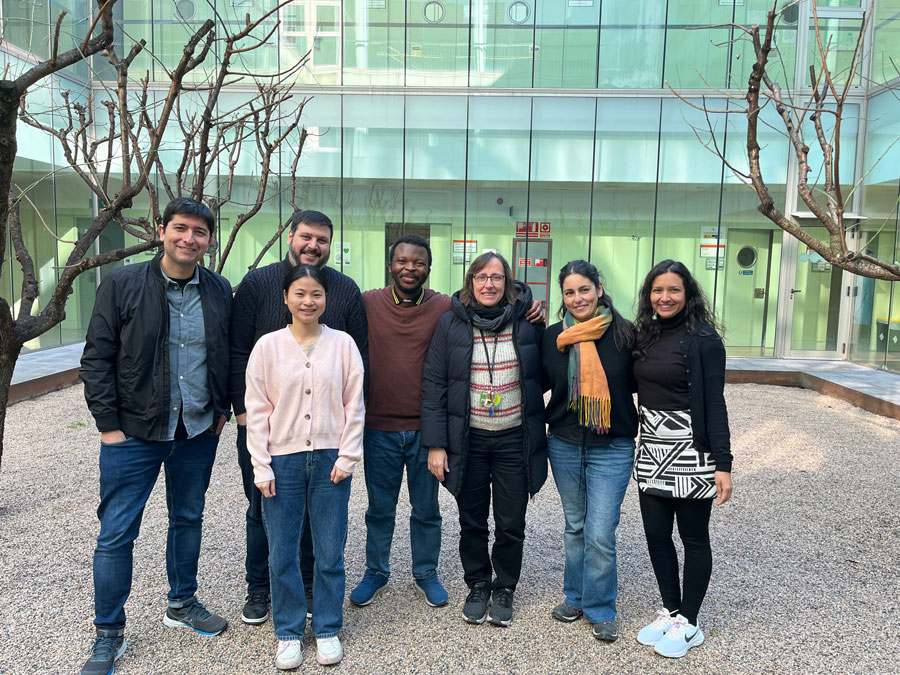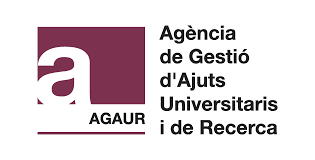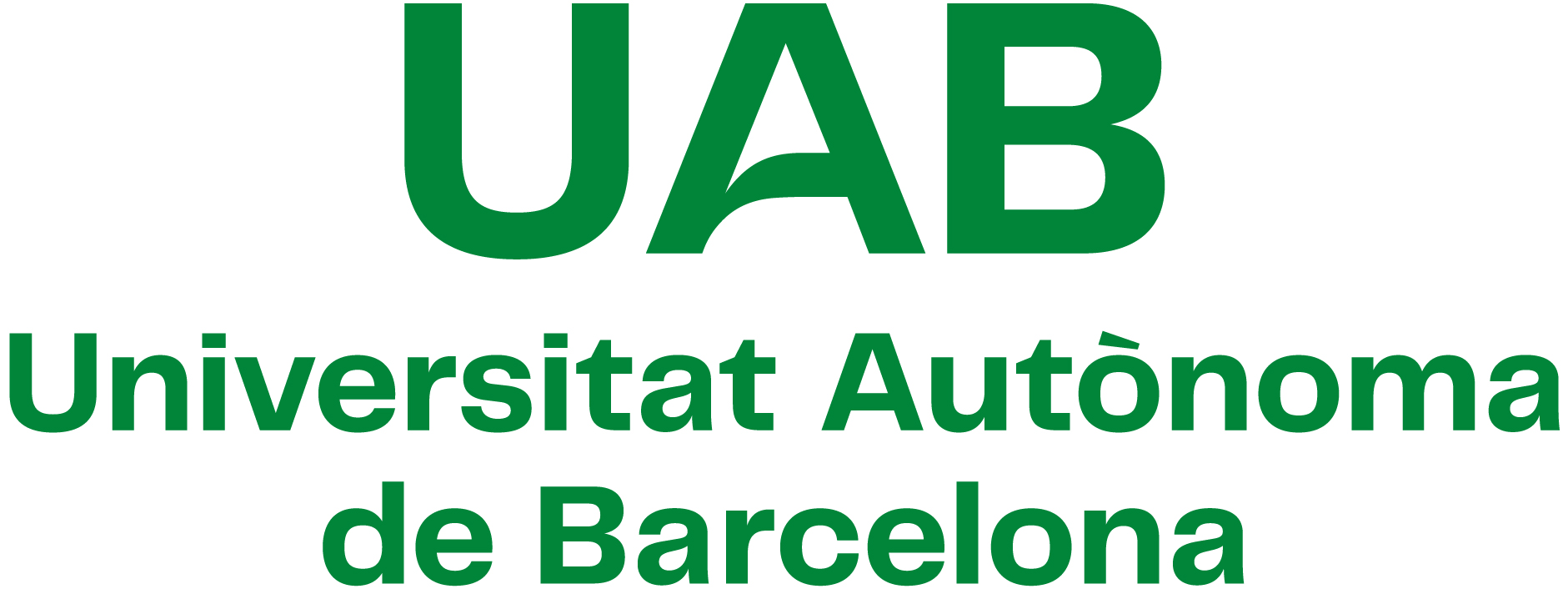Evolutive Immunology
Research Lines
Through a combination of molecular methodologies, in vitro and in vivo, we aim to understand host-pathogen interactions and how we can modulate the host immune system to have a good performance against pathogens. We develop our research using both zebrafish, as a model organism due to its great versatility and the availability of mutants, and species of commercial interest.
We carry out both basic and translational research on fish immunology in two main areas:
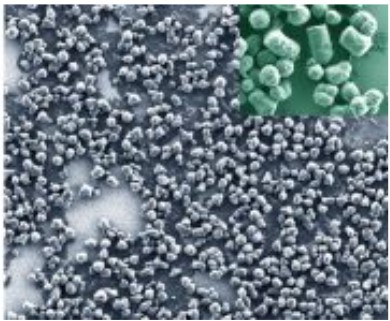
Development of vaccines for animal health
A central focus of our work has been the development of vaccines for fish species of commercial interest. We are looking for non-toxic, non-stressful and effective systems to protect commercial fish from various pathogens. The development of sustainable aquaculture is a strategic sector to feed the ever-growing human population and disease prevention is mainly achieved by implementing preventive immunostimulation and effective vaccination strategies. Given the particularities of the fish immune system, fish immunologists now face a major challenge in trying to prevent massive economic losses caused by viral diseases. Our approach is based on protein nanoparticles made with relevant viral antigens that will induce good and sustained immunization across the intestinal mucosa.
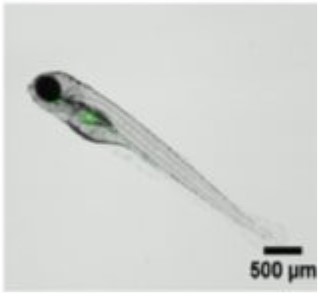
Evolution of pathogen recognition in vertebrates
The evolution of pathogen recognition in vertebrates is also a topic of interest in our research. In recent years we have been investigating the molecular basis of the immune system of fish and cephalochordates, and we have been trying to decipher the particularities of their innate immune response. We are interested in pathogen recognition receptors (PRRs) and in the role and biology of macrophages after exposure to pathogens or pollutants. We are also interested in the interaction between the immune system and non-immune tissues such as the brain, gonads or intestine.
Information of interest
In-feed SAV vaccine beyond PROphylaxis: production standards and product quality. Roher Armentia, N. (PI).Convocatòria Prova de Concepte de la Universitat Autònoma de Barcelona (UAB), Ref: POC2023_1. Execution: 8/01/24 → 7/01/25.
KINGFISH: Making gold from waste: new vaccinal platform for in-feed fish vaccines. Roher Armentia, N. (PI), Buffa Dunat, M. N., Panos Christofilogiannis, Stratmann, A., Ordóñez-Grande, B. Convocatòria PRODUCTE (Ref: 2023PROD00026), Agència de Gestió d'Ajudes Universitàries i de Recerca (AGAUR). Execution: 1/02/24 → 31/07/25.
Escalado de la producción de vacunas basadas en NanoPellets (NPs) para su adecuación a los estandares industriales y de la legislación reguladora. Roher Armentia, N. (PI).Convocatòria Pruebas de Concepto 2022 (Ref. PDC2022-133194-C21), AEI, Ministerio de Ciencia e Innovación.
PRODUCCION Y CARACTERIZACION FUNCIONAL Y ESTRUCTURAL COMPLETA DE ANTIGENOS NANOESTRUCTURADOS (NPS) DE IHNV Y SAV2: DE UN PLATAFORMA INYECTABLE A UNA DE ADMINISTRACION ORAL. Roher Armentia, N. (PI). Proyectos I+D+i 2021 (Proyectos tipo B, Ref. PID2021-126710OB-C21), AEI, Ministerio de Ciencia e Innovación.
BlueNetCat. Xarxa Marítima de Catalunya. Coordinator: Universitat Politècnica de Catalunya. Researcher: Roher Armentia, N. Ajuts per a Xarxes d'R+D+I, Agència de Gestió d'Ajudes Universitàries i de Recerca (AGAUR).
Fish & Shellfish Immunology, Volume 160, 2025. DOI: 10.1016/j.fsi.2025.110202. Functional studies and synchrotron FTIR biochemical signatures reveal the potential of protein nanoparticles as a VHS virus vaccine. Rosemary Thwaite, Núria Benseny-Cases, Mauricio Rojas-Peña, Verónica Chico, Maria Carreras, Sara Puente-Marin, Antonio Villaverde, Luis Perez, Maria del Mar Ortega-Villaizan, Manel Sabés, Nerea Roher.
Aquaculture, Volume 609, 2025. DOI: 10.1016/j.aquaculture.2025.742794. An encapsulation-free oral subunit vaccine for VHSV: Inducing robust antiviral and antibody responses. Patricia Aceituno, Mauricio Rojas-Peña, Maria Salvador-Mira, Marlid Garcia-Ordoñez, Verónica Chico, Borja Ordóñez-Grande, Francisco Javier Alarcón, Luis Perez, María del Mar Ortega-Villaizán, Nerea Roher.
Environmental Sci-Nano (2023) 10-9, 224 -58. Royal Soc. Chem. DOI: 10.1039/D2EN01077A. Polystyrene nanoplastics target lysosomes interfering with lipid metabolism through the PPAR system and affecting macrophage functionalization. Brandts, I; Sola, R; Garcia-Ordonez, M; Gella, A; Quintana, A; Martin, B; Esteve-Codina, A; Teles, M; Roher, N.
Fish & Shell. Immunol. (2022) 131, 1051-62. DOI: 10.1016/j.fsi.2022.10.067. How modular protein nanoparticles may expand the ability of recombinant protein nanoparticles anti-viral vaccines: the SVCV case. Rojas-Peña M, Aceituno P, Salvador ME, Garcia-Ordoñez M, Teles M, Ortega-Villaizan MM, Perez L, Roher N.
eLIFE (2018) 22;7. pii: e35774. DOI: 10.7554/eLife.35774. Metazoan Evolution of Glutamate Receptors Reveals Unreported Phylogenetic Groups and Divergent Lineage-Specific Events. Ramos-Vicente D, Ji J, Gratacòs-Batlle E, Gou G, Reig-Viader R, Luís J, Burguera D, Navas-Pérez E, García-Fernández J, Fuentes-Prior P, Escrivá H, Roher N, Soto D and Bayés A..
Biomaterials. 2016 Nov:107:102-14. DOI: 10.1016/j.biomaterials.2016.08.043. Epub 2016 Aug 27. Nanostructured recombinant cytokines: A highly stable alternative to short-lived prophylactics. Débora Torrealba, David Parra, Joaquin Seras-Franzoso, Eva Vallejos-Vidal, Daniel Yero, Isidre Gibert, Antonio Villaverde, Elena Garcia-Fruitós, Nerea Roher.
Funding
Other links of interest
Additional information
